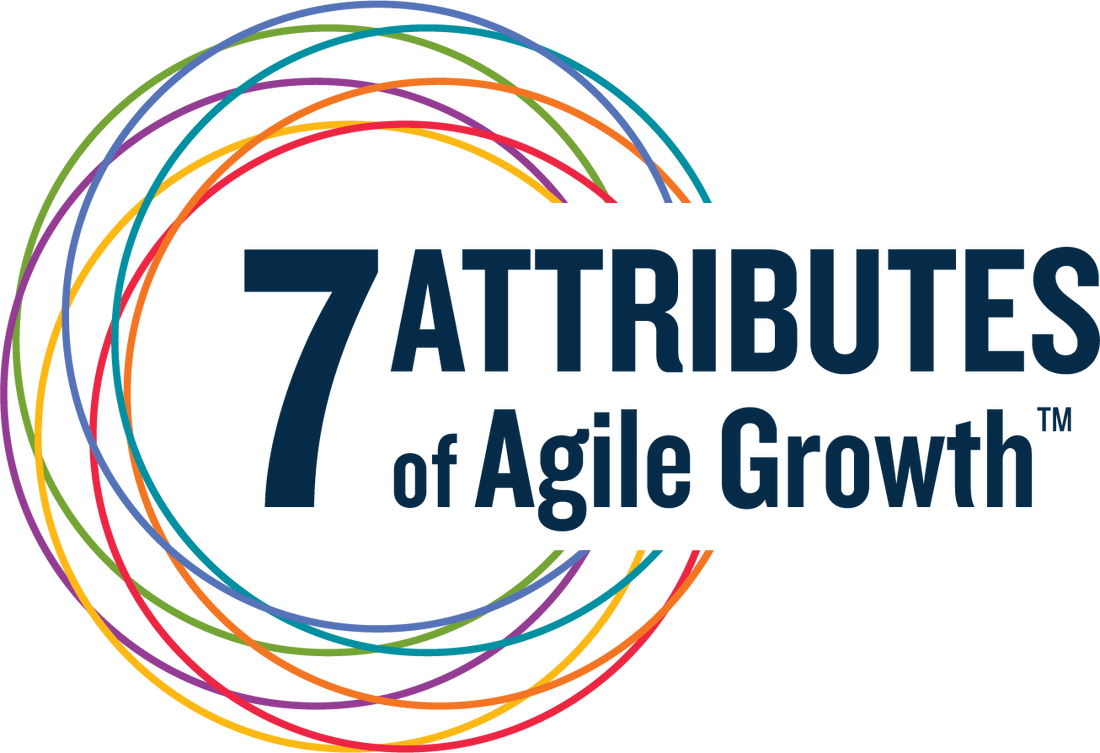|
Several years ago, I came across a gem of a book: Low-Hanging Fruit, 77 Eye-Opening Ways to Improve Productivity and Profits, by Jeremy Eden and Terri Long.
It’s based on years of actual application and it resonated with me based on work I’ve done with clients. The basic premise is that productivity and profits can be increased more easily and quickly by addressing many small sources of waste and ineffectiveness instead of trying a few big, risky transformational initiatives. The “77 eye-opening ways” require involving front-line employees. This helps ensure real problems are identified - ones that ultimately affect productivity and the customer experience. It also helps ensure realistic solutions are generated that will make a real difference and that employees can more easily buy into it. As well, employees become more engaged by being involved in and seeing change that produces results. The authors also suggest the approach is simpler, less costly and more flexible than a formal process improvement method, like Lean. This book is very practical, getting to specific methods rather than vague, theoretical strategies often described in many business books. And it’s as useful today as it was when I first read it. Book: 224 pages, 4 hour 40 minute audio book. Book summary on Soundview: 8 pages, 19 minute audio summary. How can you improve your profitability? To find out how to improve your profitability to grow more easily, quickly and profitability, AND enjoy the ride, try our complimentary Agile Growth Checklist. This self-service questionnaire takes 5 to 10 minutes to complete. You'll receive the checklist with your responses immediately. Within 24 hours, you'll receive a compiled report highlighting areas to improve. Complete section 5 to check your profitability management practices. Or complete all 7 sections to find out how your company is doing in each of the 7 areas needed to produce more rapid, profitable and sustainable growth. This report is complementary and involves no obligation. Leadership advice for maximising productivity, wherever you or your team is working In partnership with the Growth Faculty, we are delighted to offer you a 25% discount to Hybrid Work. Maximum Productivity. with Bob Pozen. Getting more done and doing it well (rather than working a ton of hours) is the key to success in today’s knowledge economy. Yet many organisations are still counting hours rather than output. In this 90-minute masterclass, MIT Senior Lecturer, author and business leader, Bob Pozen will teach how to move your organisation to a high-performance system, based on each team’s priorities and implemented through success metrics. Learn how each team should design the optimal hybrid workplace for its own members – getting the most out of the common time in the office and the solitary work done at home. Take away practical skills and strategies for enhancing the productivity of any team by:
This highly practical and information-packed live, virtual masterclass is ideal for leaders of teams, business owners, heads of departments and anyone who wants to help their team get more done. Tuesday, November 1, 2022 - 7pm in MB, 6pm in SK NON-MEMBER: $130* | OUR NETWORK: $115* *Prices quoted in USD. How can you improve your hybrid workplace productivity?
To find out how to improve execution efficiency to grow more easily, quickly and profitability, AND enjoy the ride, try our complimentary Agile Growth Checklist. This self-service questionnaire takes 5 to 10 minutes to complete. You'll receive the checklist with your responses immediately. Within 24 hours, you'll receive a compiled report highlighting areas to improve. Complete section 4 to check your company’s talent processes. Or complete all 7 sections to find out how your company is doing in each of the 7 areas needed to produce more rapid, profitable and sustainable growth. This report is complementary and involves no obligation. Many organizations spend 100% of their time talking to the 10-20% of customers who are unhappy. This type of fear-based reactive selling costs organizations millions. What is this REACTIVE selling costing YOUR organization in revenue, time and effectiveness? In this Gravitas Impact Premium Coaches webinar, Alex Goldfayn, author of The Wall Street Journal bestseller Selling Boldly, walks through his PROACTIVE selling approach to engaging clients and prospects in new, effective ways, from asking “Did You Know” questions to getting referrals. The Selling Boldly proactive approach will change how your sales team approaches business. Subscribe to Gravitas Impact podcast: Android
What can you do to grow your mid-size company? To find out what you and your leadership team could do to grow more easily, quickly and profitability, AND enjoy the ride, try our complimentary Agile Growth Checklist. This self-service questionnaire takes 5 to 10 minutes to complete. You'll receive the checklist with your responses immediately. Within 24 hours, you'll receive a compiled report highlighting areas to improve. Find out how your company is doing in each of the 7 areas needed to produce more rapid, profitable and sustainable growth. This report is complementary and involves no obligation. In this 5 Minute Growth Tips article series, I’ve shared overviews of the key best practices for growing a thriving company.
Yet, you may be asking, “how can I implement each of these best practices? how can I actually make them happen?” For example, how do I define the right functions on my leadership team? How can we set clear priorities for change and improvement? Or, how do I get my leadership team members to change their mindset? One way is to figure things out yourself. Another way is to use an outside expert, like a coach, consultant or advisor, to guide you step by step. Many leaders try to figure things out themselves. Some of these leaders don’t know there are experts who could help them in these areas. Others have had a bad experience with an outside expert and are nervous about trying that again. Other leaders are concerned about what the cost might be. But oftentimes, these leaders think it’s their job as a CEO to have all the answers. While figuring things out yourself is certainly an option, it’s the “long road option”. For sure, CEOs and owners can get there on their own, over time. They’re smart, passionate, energetic and fast learners. But they’ll get there a lot faster with the support of an experienced external advisor. As I mentioned in my previous article in this series, business owners and CEOs often have a high internal locus of control, meaning they believe they have control within themselves to make things happen and influence the world around them. Sometimes, this belief shows up in a counter-productive way, where they influence the world by doing too much themselves, rather than getting help from others. As a result, they become the bottleneck, slowing down the company’s development, growth and profitability. That said, let’s consider the option of figuring things out on your own. You could read a book that includes dozens of these best practices in one convenient, integrated package, tailored specifically for mid-size companies...like Scaling Up or the 7 Attributes of Agile Growth monographs. And then you could read a book or two on each of these best practices, find a book that includes how-to guidance for each one, and implement them with their team over time. You could even attend a workshop where you get a chance to practice a bit with a handful of best practices. With each of these approaches, it’s then up to the CEO alone to implement their learning in their team and company. So, what are the pros and cons of a DIY approach? Some of the pros are:
Some of the cons include:
In short, the devil is in the details. And there are alot of them. And why is that? One word: complexity. Some specific best practices are straightforward, like defining a goal. You can Google how to set a goal like you can Google how to change the oil in an engine. These narrow, individual problems have a straightforward, known solution that applies in most situations. However, improving how leaders lead and how companies operate isn’t so straightforward. These changes involve a variety of interconnected organizational and leadership best practices. For example, strengthening accountability takes much more than setting a goal. And how the goal is set depends on other things like clearly defined individual accountabilities. Improving how a company operates is more like tuning a whole modern day engine than just changing the oil. There are multiple parts involved and multiple interacting solutions needed. And only an expert mechanic can help diagnose the issues and determine the solutions. There are a few other disadvantages to a DIY approach:
For business owners and CEOs looking to grow a thriving mid-size company, the thinking sometimes goes that it’s their job to have all the answers. They were smart enough to get to this point, so they must be able to figure the rest out on their own. Yet, this DIY mindset often leads to failed attempts, cynicism, lack of team commitment, delays and missed opportunities. As the Gravitas Impact Voice of the CEO survey showed, the results are low productivity, market share, revenue growth, profit and/or cash flow. The survey also found that CEOs often feel unsure, stressed, frustrated, scattered and reactive. In contrast, the owners and CEOs that get the furthest fastest tend to take a different path. They don’t focus on how to make things happen, but on who they need to learn from and partner with to speed up the process. In fact, the Voice of the CEO survey showed that CEOs who engaged a qualified Gravitas Impact business growth and executive team coach saw significant improvements in employee engagement, overall productivity, revenue growth and profitability. They also felt more focused, clear, confident, balanced, calm and strategic. Did Mahama D’Ali, or Lennox Lewis, or any successful athlete, rise to the top of their sport by figuring everything out on their own? No. They each had a coach, an experienced advisor. Or Steve Jobs, Bill Gates, or Eric Schmidt? Did they build and grow thriving, enduring companies by taking a DIY approach? No, they also used coaches and advisors. In my next 5 Minute Growth Tip article, I’ll compare the pros and cons of some options for getting dedicated and tailored, external expert guidance, from strategic planning facilitators and business consultants to CEO forum groups, business coaches and executive team coaches. What can you do to grow your mid-size company? To find out what you and your leadership team could do to grow more easily, quickly and profitability, AND enjoy the ride, try our complimentary Agile Growth Checklist. This self-service questionnaire takes 5 to 10 minutes to complete. You'll receive the checklist with your responses immediately. Within 24 hours, you'll receive a compiled report highlighting areas to improve. Find out how your company is doing in each of the 7 areas needed to produce more rapid, profitable and sustainable growth. This report is complementary and involves no obligation. |
Archives
December 2029
Categories
All
|

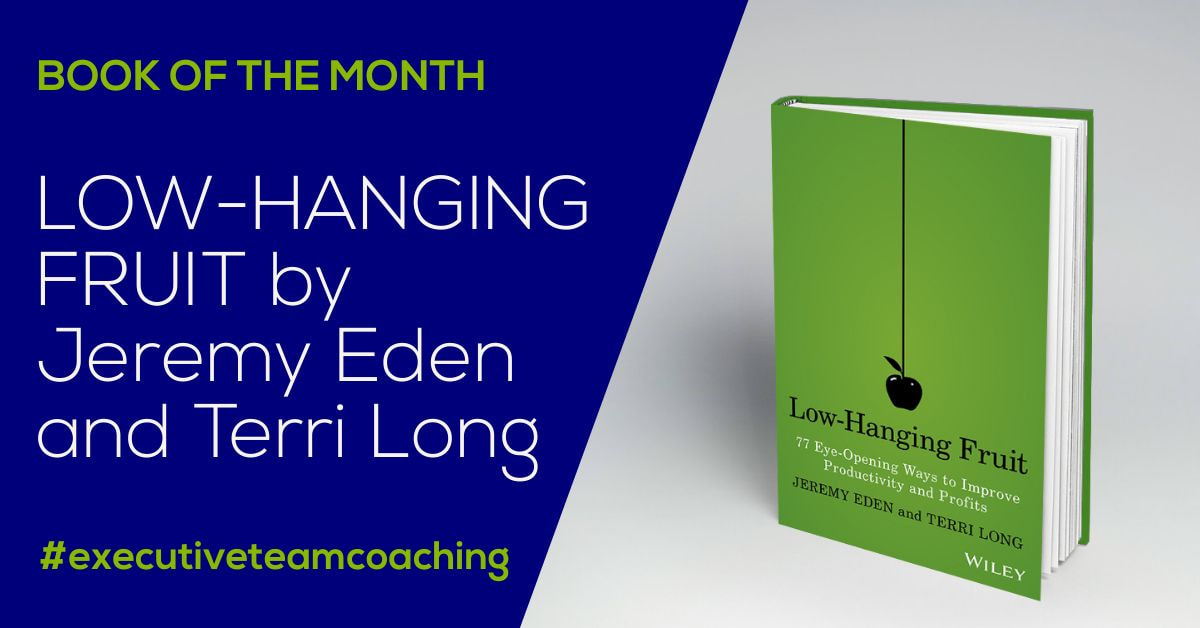
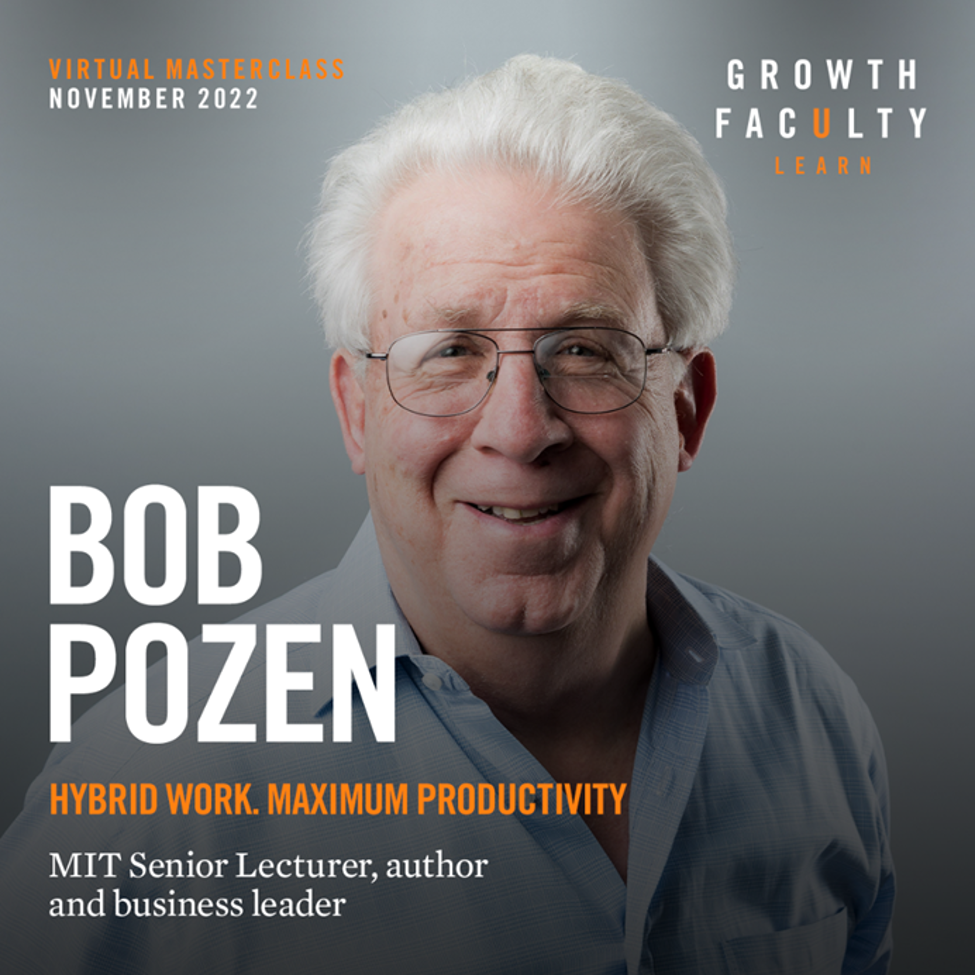

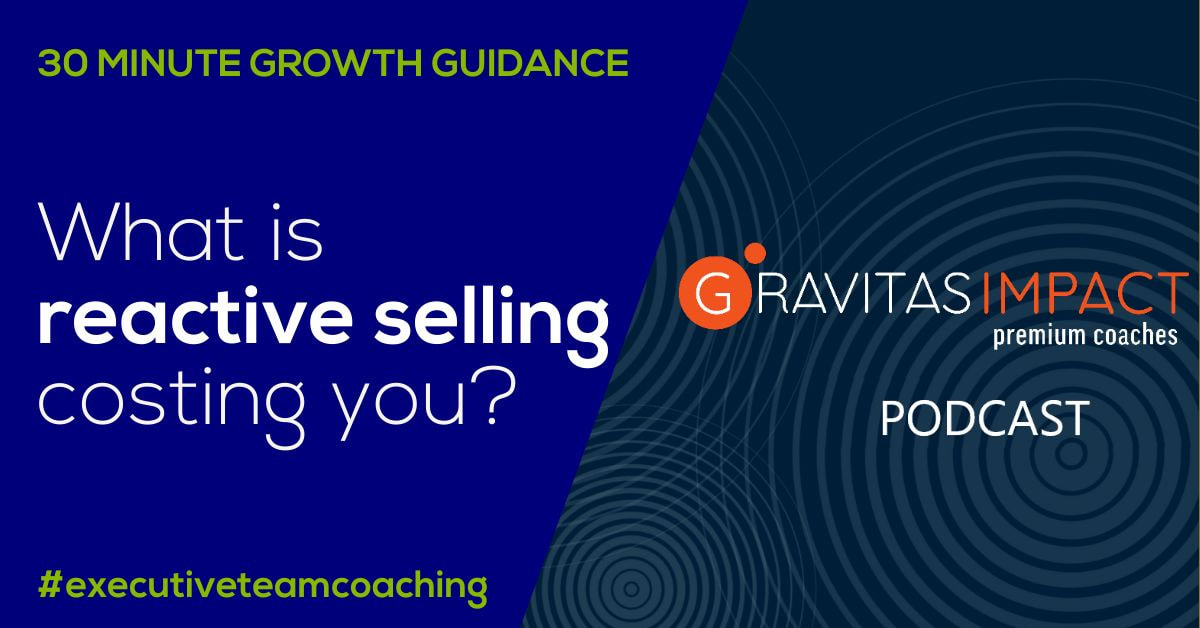
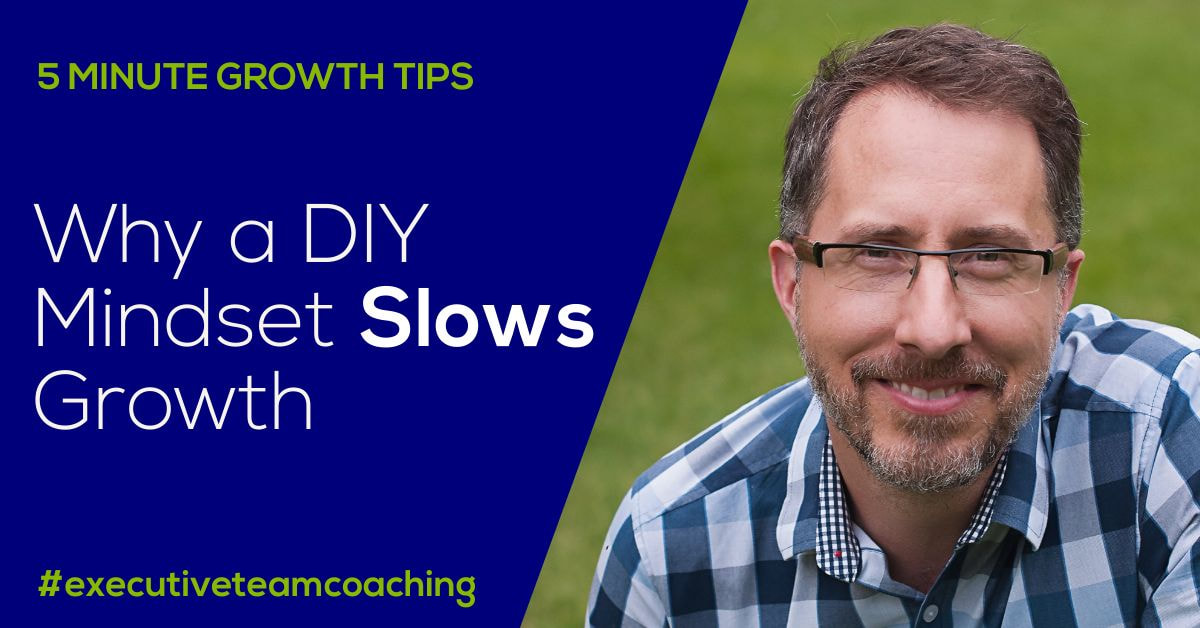
 RSS Feed
RSS Feed
